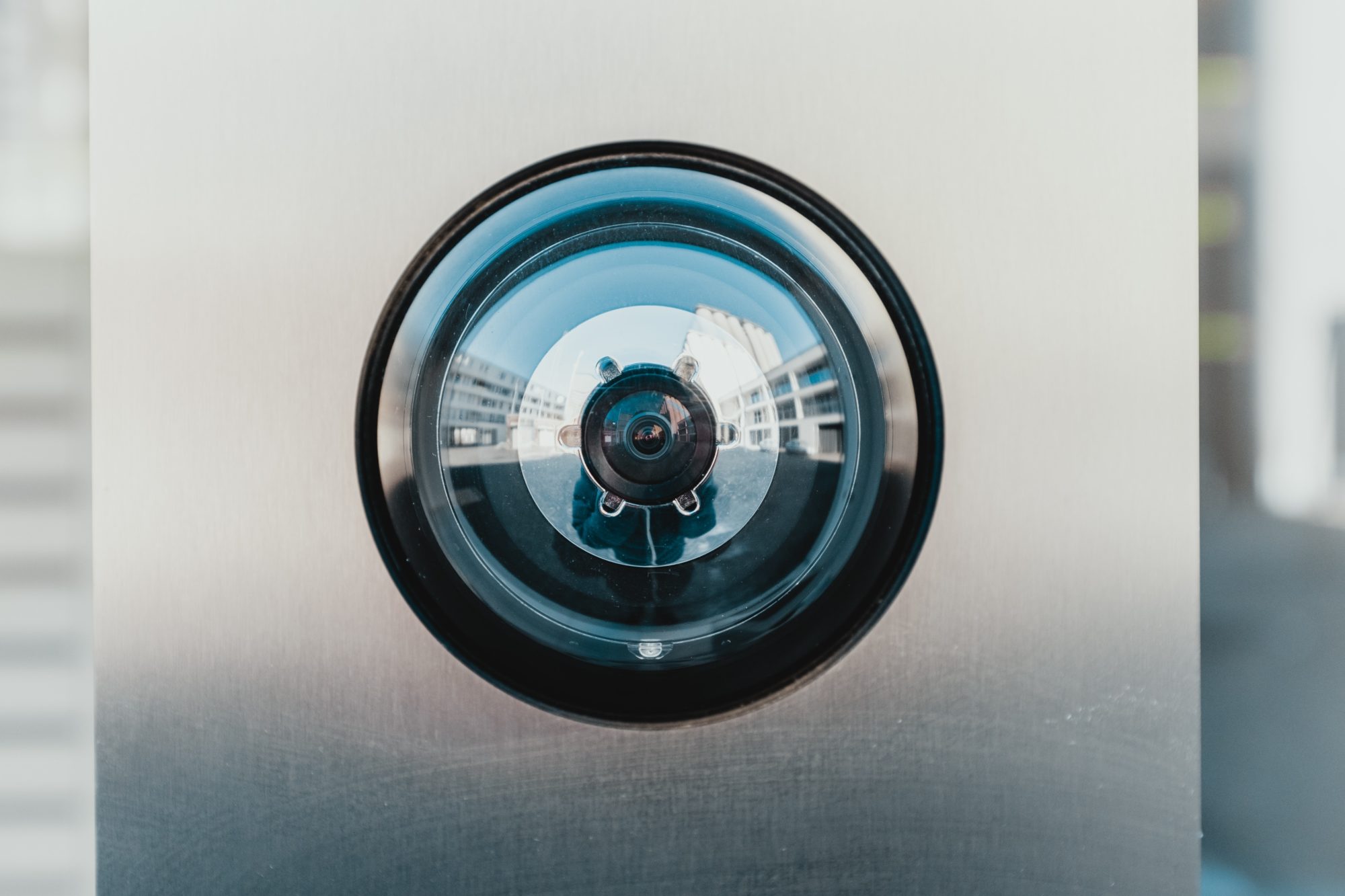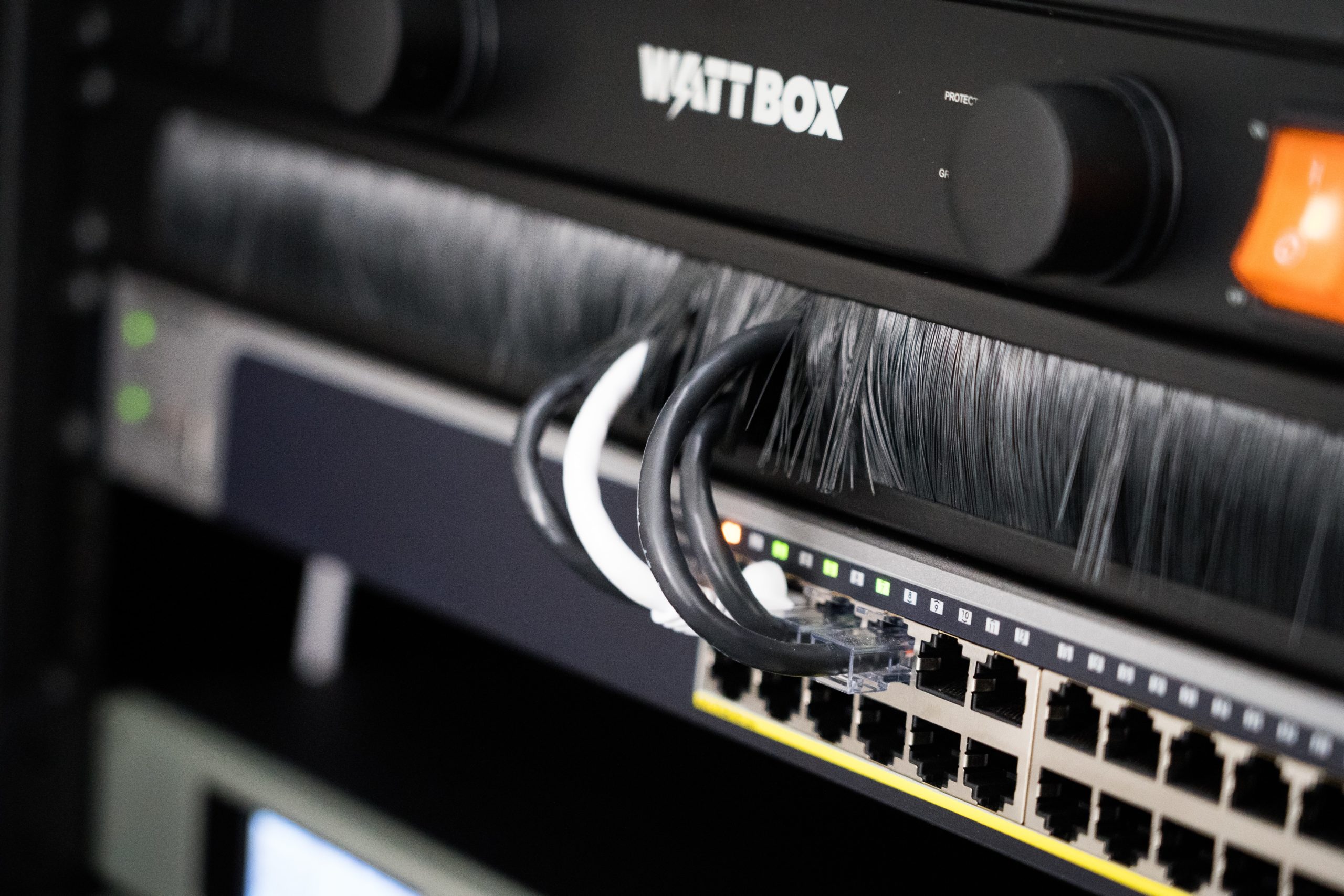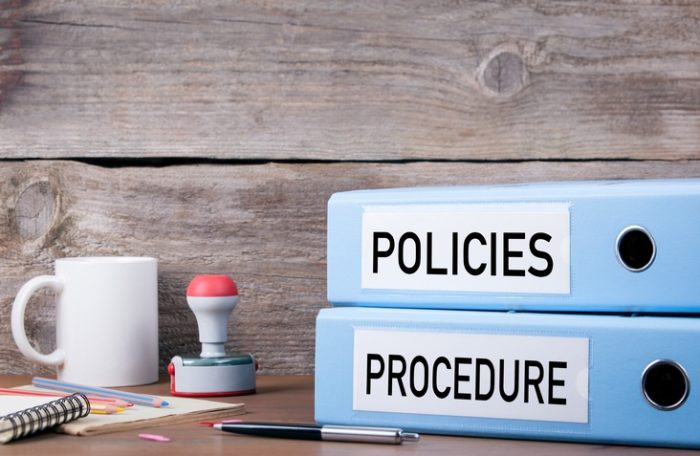
In response to several recent high-profile cyberattacks, the federal government is stiffening its already stringent IT security requirements and regulations. These policies will impact businesses operating across a wide array of industries. Organizations that fail to sufficiently protect their digital assets and confidential client data may be subject to severe financial penalties.
These developments have made cybersecurity audits more important than ever before. Below, we discuss what a cybersecurity audit should entail and provide a detailed audit checklist so that you can ensure that your organization is compliant with the latest IT regulations.

What Is a Cybersecurity Program Audit?
Generally, a cybersecurity program audit serves two essential purposes.
The primary goal of a cybersecurity audit is to conduct a top-down assessment of an organization’s current security mechanisms. Once a business identifies what protocols and resources they have in place, they can compare these mechanisms to relevant regulations of their respective industry.
Cybersecurity audits are almost exclusively conducted by third-party entities. While they can be performed by an in-house IT team, subconscious biases and conflicts of interest may impact the accuracy of the audit.
An outside auditor can act independently from the subject organization and provide a fresh perspective on existing problems.
After the audit, the third-party firm will provide a comprehensive report that identifies any areas of concern and prioritizes these shortcomings based on the amount of risk that they create. They will also recommend addressing any potential vulnerabilities to protect digital assets.
Why Auditing Cybersecurity Policies Are Essential
The most apparent benefit of cybersecurity audits is that they help organizations reduce their risk of experiencing a data breach or other significant cyber-attack.
Even a single breach can expose thousands of client records and cost a business millions in lost revenue. To compound matters, a successful cyberattack can ruin a brand’s reputation and cause clients to lose faith in an organization.
Voluntary cybersecurity audits will also help organizations prepare for mandatory third-party audits conducted by government agencies. If a company is found to be in violation during one of these mandated audits, then it may be subject to fines and other civil penalties that will negatively impact business continuity.
It is generally recommended that businesses conduct a cybersecurity audit at least once per year. Larger organizations with an abundance of digital assets may need to conduct an audit multiple times throughout the year.
In addition, all companies should monitor their cybersecurity protocols on an ongoing basis to ensure that they are proactively searching for and remedying any network vulnerabilities.
Many small- to medium-sized businesses find this process overwhelming, which is why they contract with a managed security services provider (MSSP). These firms specialize in providing ongoing cybersecurity services and can be a valuable asset for businesses that do not have the resources to manage their cybersecurity programs.
Best Practices for Cybersecurity Auditing / Cybersecurity audits
Due to significant advancements in information technology over the last decade, modern IT networks are incredibly complex and dynamic environments. Each network has hundreds of components, all of which must be scrutinized and examined during a cybersecurity audit.
The checklist followed by a third-party auditor will likely include several hundred items to ensure that they thoroughly analyze all vital aspects of a network.
However, we have condensed our checklist down to only 13 broad topics for simplicity’s sake. When composing a cybersecurity audit checklist for your organization, it should include the following:
1. Examine Security Policies
Any cybersecurity audit should start with a comprehensive review of all existing company security policies. Auditors should verify that their policies align with the most up-to-date regulations and that they address all facets of cybersecurity.
2. Compose an Asset List
In addition to reviewing policies, auditors should compose a detailed list of all hardware and software assets. This list will serve as a guide during the audit and ensure that no resources are overlooked by auditors.
3. Classify Data by Sensitivity and Usage
Data classification helps auditors determine which information is protected by current cybersecurity laws and guidelines. Therefore, all data should be organized based on its sensitivity level and use case.
For instance, personal client information such as credit card numbers would be considered extremely sensitive and used for billing purposes. Conversely, client email addresses are not as sensitive as financial data and may be used for multiple purposes, such as marketing and routine communication.
4. Establish a Chain of Custody
During an audit, inspectors will verify a reviewable chain of custody for all confidential or otherwise sensitive data. A chain of custody, also known as a chain of data ownership, will demonstrate who accesses information, when they view it, and what other actions they took with said data.
5. Review Employee Training Protocols
Once auditors have assessed company security policies and identified all digital assets, they will generally turn their attention to employee training protocols. Specifically, they ensure that staff members receive training on phishing and social engineering topics.
6. Enforce Password Policies
Auditors will also determine whether the business has a password policy and is enforcing it. A password policy should outline how strong a password must be, how often employees are required to update it, and how they recover or reset their password if they forget it.
7. Train Employees Regarding Off-Site Data Security
With remote work becoming more common than ever before, off-site data security has become an integral part of cybersecurity audits. The audit team will ensure that remote or hybrid employees are being trained on off-side data security protocols.
This training should cover topics such as ensuring devices are locked when not in their physical control and what to do if a laptop/tablet is lost or stolen.
8. Reassess Critical Incident Response Plans
While every business hopes that they will never fall victim to a cyberattack, all organizations must have a comprehensive incident response plan in place. During annual audits, organizations should review their current response plan and make updates when necessary.
9. Identify Business Continuity Risks
During each audit, businesses should also identify which threats pose the most significant risk to their continued operation. This analysis will help them proactively mitigate each of these risks.
10. Develop Disaster Recovery Plans
While cyberattacks pose the largest risk to business continuity, natural disasters can also impede an organization’s day-to-day operations. Therefore, any audit must include an assessment of existing disaster recovery plans. If no plans are in place, the audit should provide insights that can be used to create such a strategy.
11. Ensure Anti-Virus Software Is Deployed Organization-Wide
All devices across an entire organization should be equipped with anti-virus software and enable automatic updates. During an audit, the assessors will ensure that these protocols are followed.
12. Test Backup Files
If a catastrophic breach occurs, backup files will be a company’s most valuable lifeline. In light of this fact, data backups should be regularly tested to ensure their viability. Backup protocols should also be reviewed and modified during a cybersecurity audit.
13. Verify the Physical Security of On-site Assets
While cybersecurity audits focus primarily on virtual assets, they also address physical vulnerabilities. Auditors will often verify the physical security of on-site assets, such as servers or computing devices that are not currently issued to employees.
Access to these devices should be restricted via physical security measures, such as cameras and keycard systems.
SugarShot: Comprehensive Cybersecurity Auditing Solutions
As you can see, performing a cybersecurity audit is a massive undertaking that requires expertise and attention to detail.
To optimize the benefits of these audits, you must partner with an experienced organization, such as SugarShot. Our team offers managed cybersecurity services, performs audits, and provides many other solutions to our clients. To learn more, contact SugarShot today.

Other News
Find out more
about Sugarshot USA



